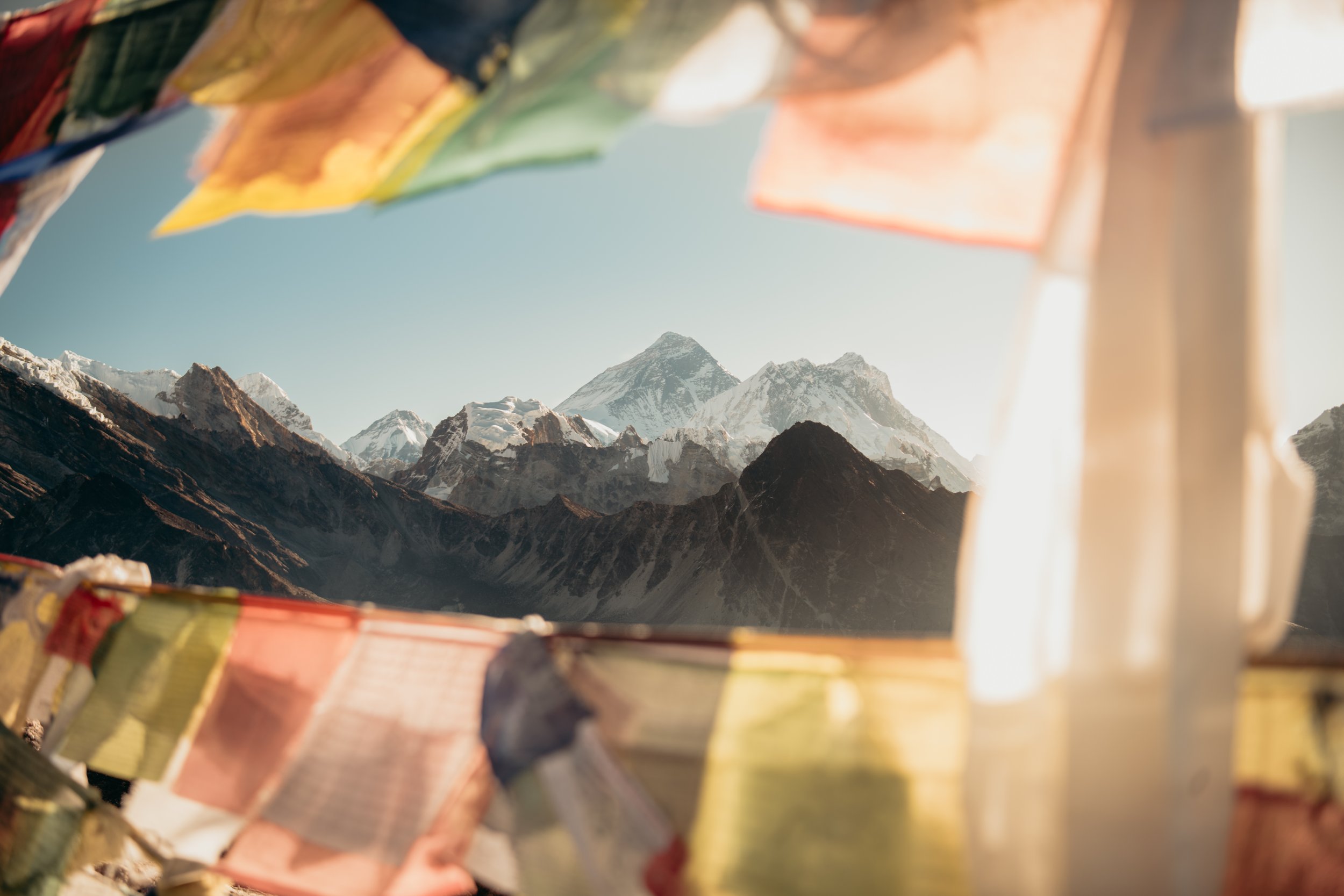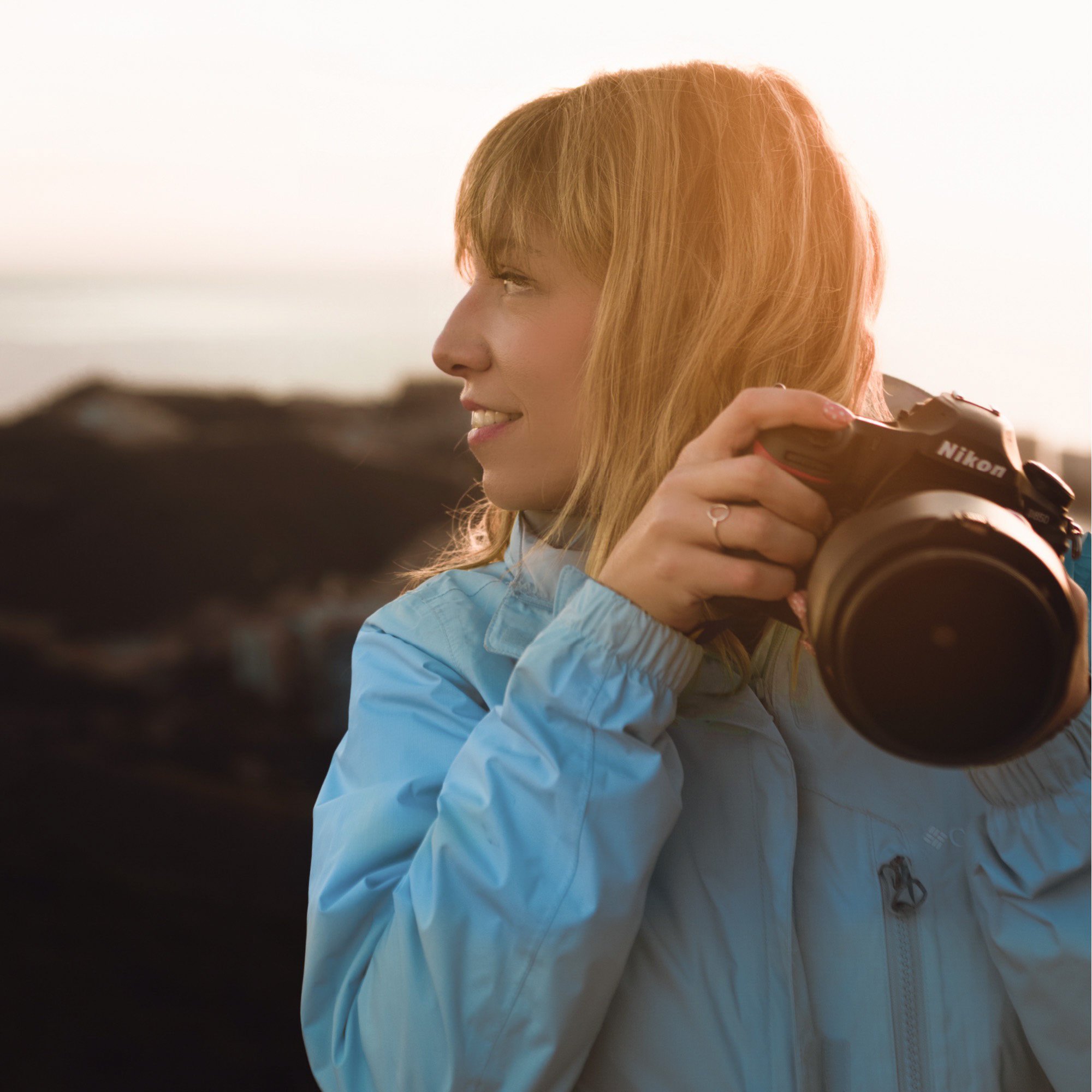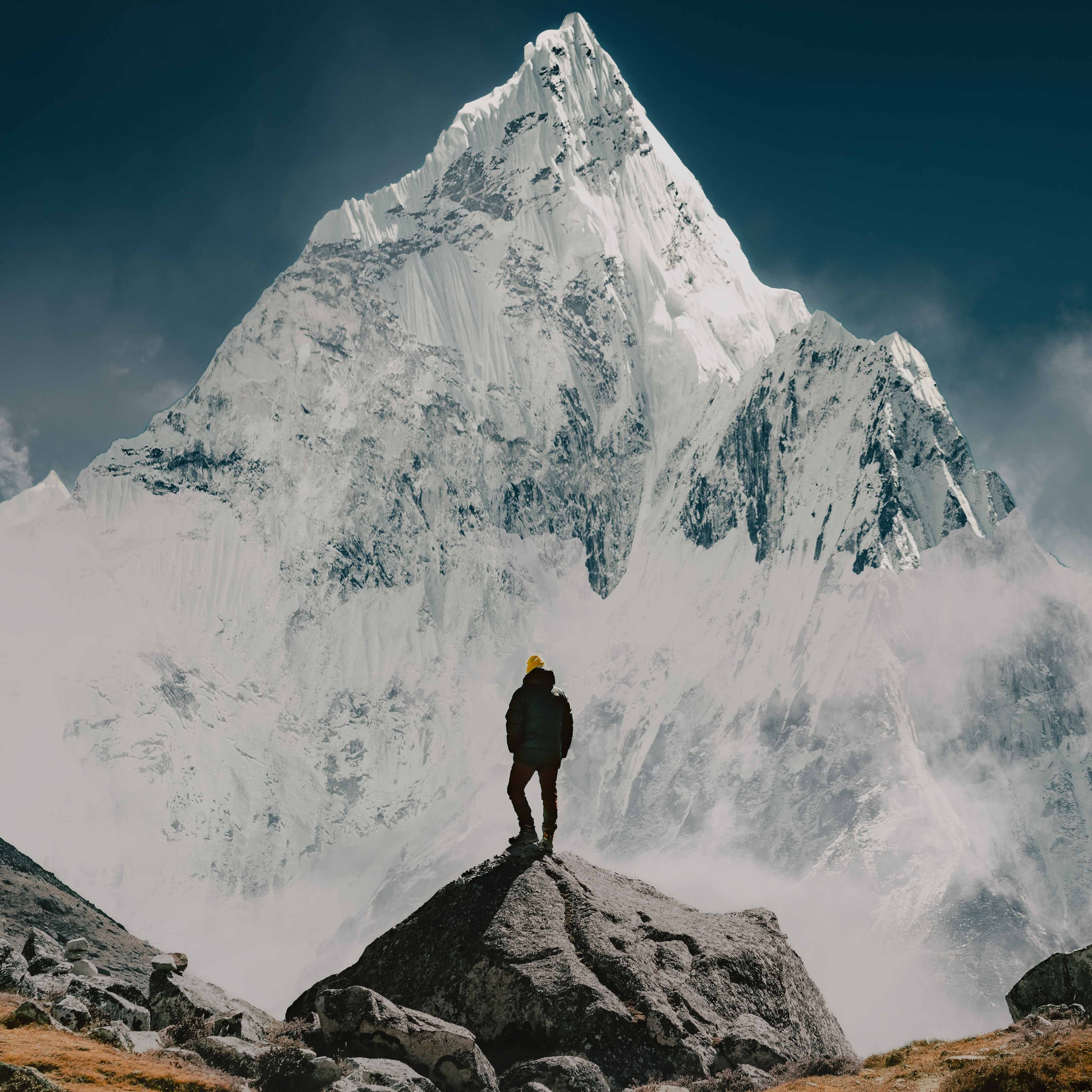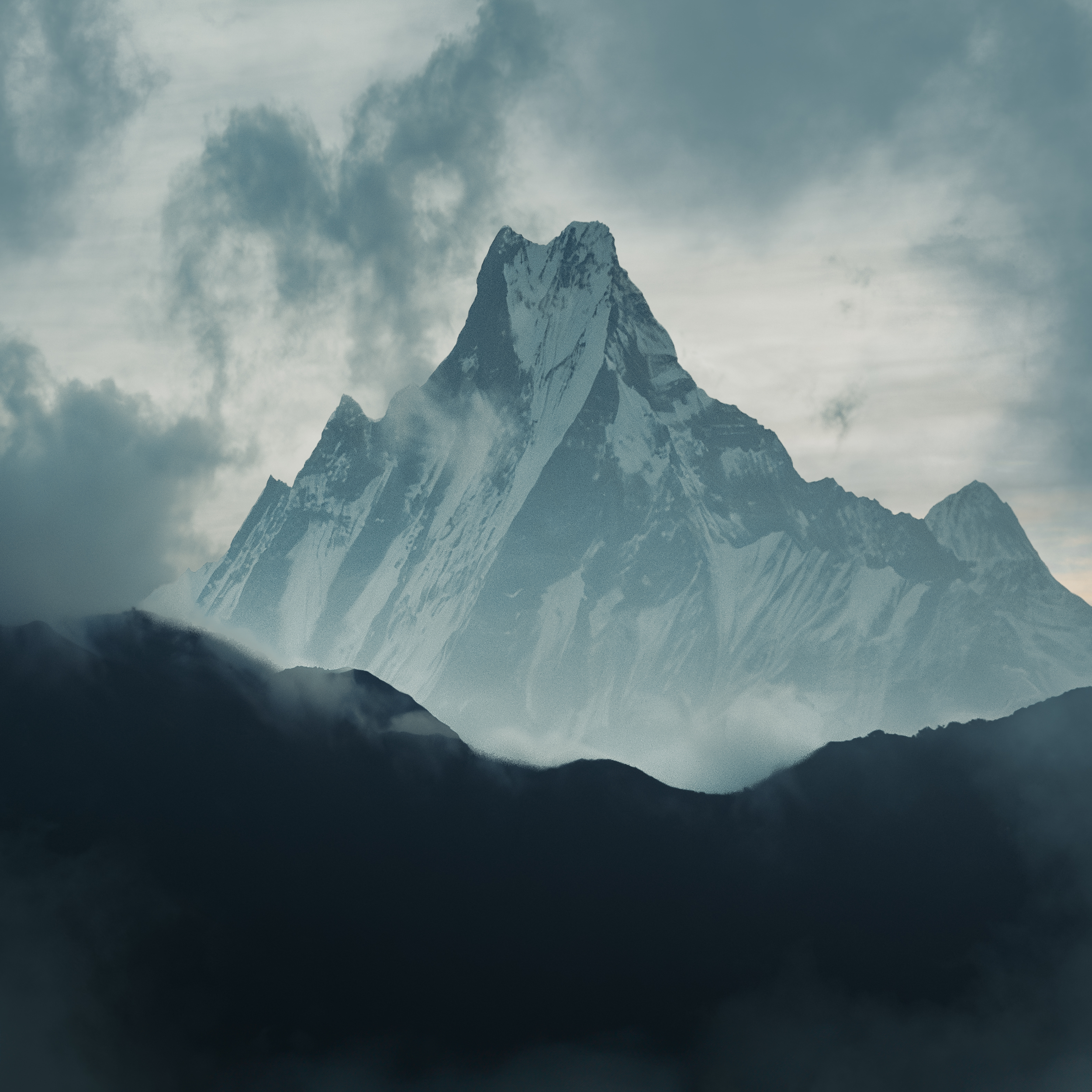TRAVEL TO NEPAL: WHAT NO ONE TOLD YOU
Just 10 days ago we returned from our 26-day expedition to Nepal where we trekked to Gorephani in the Annapurna area and Everest base camp via Gokyo in Sagarmatha National Park. After our arrival, many people have asked us how the experience was and have shown their interest in visiting this country to get into the largest and highest mountain range in the world.
But all most of them expect us to say is that it was a spectacular trip, and that is absolutely true. The feeling of being among some of the highest mountains in the world is something that cannot be described in words but here I come to tell you what I didn't know about Nepal and what I would have loved to know before planning our trip. Because, my friends, all that glitters is not gold. Being able to be in such remote places also has its risks, it is a beautiful journey and at the same time it is a journey of contrasts.
View of Sagarmatha (Mount Everest) framed with nepali prayer flags - Shot from GokyoRi peak (5357m)
If you are thinking of visiting Nepal, here are 5 things I wish I had known before I went:
Humidity:
When we think of treks in Nepal, the first thing that comes to mind are high mountains and arid rocky areas. At no time do we ever think about humidity. Well, especially if you are thinking about trekking in the Annapurna Conservation Area you should know that before you reach the dry areas you will have to cross the jungle and here you will find a LOT of humidity. A beautiful landscape full of vegetation, waterfalls, streams, very low clouds (sometimes you will even have to walk through the clouds with a lot of fog). And, for this, nothing will do without waterproof clothing. Our must in this area was the rain jacket and waterproof trekking trousers which we used as surface layers and added inner layers as we climbed to keep warm as we encountered very high humidity and extreme cold and it is very important to keep dry and warm to store body heat. For the camera backpack, the built-in waterproof sleeve was very useful as it protected the equipment from moisture.
As for clothing, I recommend carrying a waterproof cover in your backpacks to cover them and protect them from the condemnation, otherwise you will find that your clothes, which, a priori, were dry, are no longer dry. In addition, it is advisable to carry a change of underwear for each day as drying clothes is practically impossible.
Animal protein:
For all treks above 3800m altitude, it is highly recommended not to eat animal protein or any food made from animal protein, as food is transported by porters and pack animals from the entrances to the natural parks. As these transports take several days and are not refrigerated, the meat does not always arrive in good condition. The lodges (lodges where you spend the night and eat) offer all kinds of products on their menus, including animal protein, but it is not advisable to eat it. We spent almost 7 days on the EBC trek without consuming any animal protein for this reason and it is hard because the physical demands and calorie consumption is so high that your muscles need it. If we went back we would probably have taken some kind of vacuum-packed cold meat or serrano ham from Spain, which does not need to be refrigerated and is perfectly preserved.
Hygienic conditions:
The hygienic conditions in the lodges are not always the best and are quite different from what we are used to in Europe, so it is a good idea to be cautious and have a few extra items that will make life easier: a sleeping bag sheet to use when you are not yet at a very high altitude and it is not cold enough for the sleeping bag will come in handy, some shower slippers to avoid getting fungus will also be appreciated, as the showers there are usually shared, and, super important: toilet paper. In the mountain lodges, as they are shared bathrooms, you won't find toilet paper, so it's very necessary to bring some rolls from home.
Also if, like me, you use contact lenses: hydroalcoholic gel to keep your hands clean before handling your eyes to avoid styes and a small portable mirror so that you can change them anywhere, as it is not easy to find accommodation with a mirror there either.
Avoiding gastroenteritis
One of the reasons for abandoning the route is gastroenteritis. Firstly, tap water, although safe to drink, does not meet European standards and contains bacteria to which our bodies are not accustomed. It is possible to buy bottled water during all the treks at the lodges but, as the altitude increases, it becomes scarce, expensive (we pay up to 1000 rupees - €8 - for a litre bottle) and there are times when there is not enough for everyone. The best thing to do is to take water purification tablets, which you can buy in any sports shop, and bottles with a water filter for double security. Dairy products there are not made with pasteurised milk, so try to avoid yoghurts, desserts or anything that involves milk that has not been boiled beforehand.
Dangerousness
Whenever we go to the mountains we accept some additional risks that we do not assume in our day to day life and we must be aware of this. In the high mountains the risks increase as on some of the routes, such as the one we did through Gokyo to base camp, there is a high risk of rock falls, crossing glaciers and very hard mountain passes, so always make sure you are aware of the additional risks on each of the routes before setting off on your trip to avoid surprises and to try to make the trip as safe as possible.
Without going any further, we came across a small avalanche from which we had to flee running down the glacier and I can assure you that it was a double scare: because we had not been informed of these additional risks and because it is a survival situation that activated all our senses. Fortunately, it didn't get worse and it was all just a scare, but it made us reconsider the route and opt to do one of the stages with a very high risk of landslides by helicopter. This is not meant to scare you, but to make you aware that these things happen every day there and do not always have a happy ending. It is better to be 100% sure of the places we are going to cross and their risks so that, if you decide to take them, it is done consciously.
ALTITUDE SICKNESS
the main cause of rescue in the Himalayas. Altitude sickness is no joke, it is very serious and should be treated with caution. Altitude sickness is caused by lack of oxygen and in the most extreme cases can lead to death.
There is no way of knowing in advance how your body will react to the altitude and every time you ascend above 3000m you are at risk of developing symptoms of altitude sickness. There is a drug that can help prevent altitude sickness or alleviate it if you already have symptoms called Edemox. Its prolonged consumption is dangerous for your health and can cause paralysis in some areas of your body as well as being a diuretic. Even so, it is a must in your medicine cabinet.
In addition to this, altitude sickness has 4 main symptoms: headache, vomiting, choking sensation and hallucinations. It is very important not to wait until you develop all the symptoms before evacuating as you will be in a remote area where, if the weather is bad, rescue helicopters cannot get you down to the hospital in time.
And, Mara, why are you so alarmist about this? Well, all along the way we saw how people who had started the EBC trek on the same day as us were evacuated to the hospital in Kathmandu. It is a very recurrent cause of abandonment of high mountain treks and, although we hardly had any symptoms, we are aware of what happens there every day and that we are fortunate to have been able to reach our destination without incident. Before this adventure we saw altitude sickness as something that could happen but was not THAT serious. After having lived this experience I can assure you that our perception has totally changed and it is one of the things we have to be very careful with.
And so much for the list of things I would have liked to have known before I started trekking in the high mountains for the first time. The experience is incredible, I won't stop saying it, but you must always do it safely and know what you are facing in order to make the trip much more comfortable.
AUTHOR:
MARA DE LA TORRE
Professional travel & commercial photographer. Content creator spesialised in storytelling.
Lover of nature and capturing it through the lenses.






